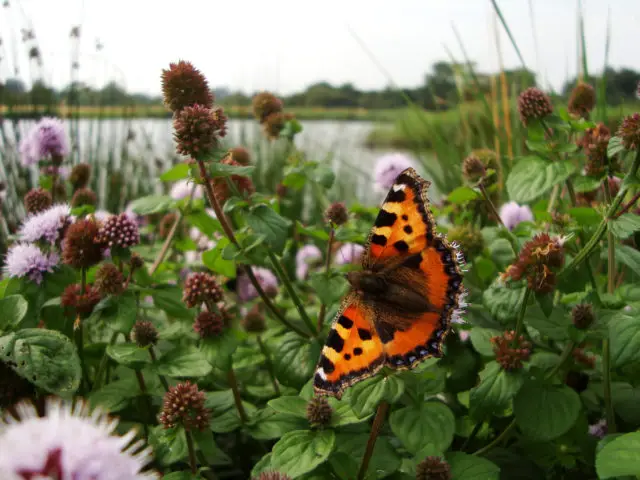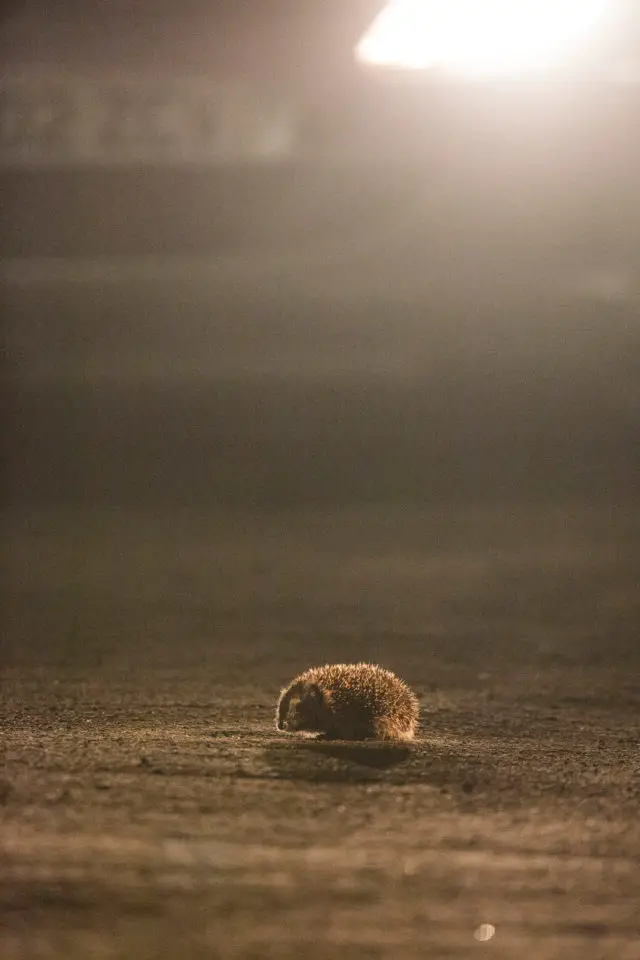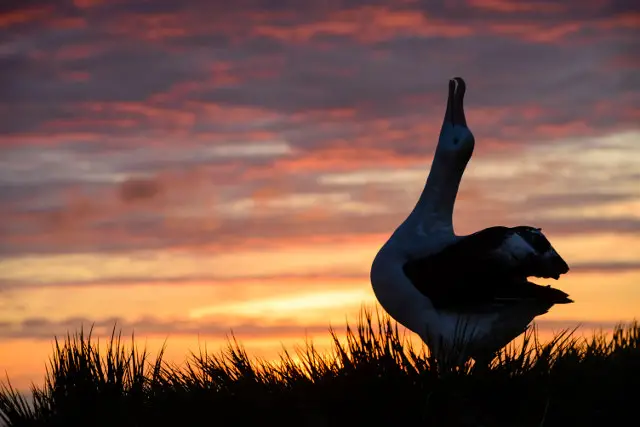Hannah shares this latest news on behalf of Hampshire and Isle of Wight Wildlife Trust. Ed
The latest findings show that since rigorous scientific monitoring began in the 1970s there has been a 13% decline in average abundance across wildlife studied and that the declines continue unabated.
Following the State of Nature reports in 2013 and 2016, leading professionals from more than 70 wildlife organisations have joined with government agencies for the first time, to present the clearest picture to date of the status of our species across land and sea.
133 species lost in 500 years
The State of Nature 2019 report also reveals that 41% of UK species studied have declined, 26% have increased and 33% shown little change since 1970, while 133 species assessed have already been lost from our shores since 1500.
Butterflies and moths have been particularly hard hit with numbers of butterflies down by 17% and moths down by 25%.

The numbers of species, such as the High Brown Fritillary and Grayling, that require more specialised habitats have declined by more than three quarters.
Mammals fare badly
The UK’s mammals also fare badly with greater than 26% of species at risk of disappearing altogether.
The Wild Cat and Greater Mouse-eared Bat are among those species teetering on the edge of disappearing. Much is known about the causes of decline and about some of the ways in which we could reduce impacts and help struggling species.
Impacts on nature
The evidence from the last 50 years shows that significant and ongoing changes in the way we manage our land for agriculture, and the ongoing effects of climate change are having the biggest impacts on nature. Pollution is also a major issue.
Whilst emissions of many pollutants have been reduced dramatically in recent decades, pollution continues to have a severe impact on the UK’s sensitive habitats and freshwaters, and new pollutant threats are continuing to emerge

Tann: There’s no time to lose
Commenting on the report, Debbie Tann, CEO at Hampshire and Isle of Wight Wildlife Trust, said:
“Wildlife is in in trouble and there’s no time to lose. This report underlines the fact that we are facing an ecological emergency, with more than half of species facing decline and the evidence pointing to changes speeding up. If we are going to tip the balance in favour of nature’s recovery, we will need many more people on nature’s side, more space for wildlife to thrive and pressures on the environment significantly reduced.
“But we know it can be done and we have seen how nature can bounce back if given the chance. By nurturing and joining up habitats along the Eastern Yar over the past few years, we have created a thriving haven for wildlife, including water voles and red squirrels that face extinction elsewhere. We need more wild spaces everywhere – from window boxes to wide expanses, connected up to form a Nature Recovery Network for our counties.
“We have a plan to create a wilder Wight over the coming years, which we will be sharing at the end of October. We very much hope that local people will help us deliver it.”
Hampshire and Isle of Wight view
Here are a few snapshots of wildlife declines we are continuing to see locally, as well as some positive stories:
- One of our most important habitats – saltmarsh, which is found around the Solent – is continuing to be lost at an alarming rate; according to experts, areas around Lymington could see a 75% loss of this precious habitat over the next 75 years, unless major coastal habitat creation projects are implemented. Saltmarsh is home to many species of plant and is a refuge for birds, as well as locking away huge amounts of carbon and providing natural coastal defences.
- The report highlights worrying national declines of butterflies and moths. In our two counties we have data for some species which have shown decline in their range as well as numbers recorded, such as small pearl-bordered fritillary; for others, like the grayling butterfly, the New Forest remains a stronghold despite national declines. We do not know enough about our local moth numbers but overall numbers are expected to be continuing their downward trend which is a concern not just for their own sake but for the essential part they play in the food chain with birds and bats relying on good numbers.

- The once abundant native oyster population was healthy enough to sustain a fishery. Despite efforts to reintroduce them, however, they are now severely depleted and the fishery has been stopped, likely due to overfishing and pollution as well as diseases. Oysters are true ecosystem engineers which stabilise our coast, clean the water, and create a habitat for fish and other invertebrates.
- Numbers of Atlantic salmon spawning in our local chalk rivers continue their long and dramatic decline and are vulnerable to the effects of climate change and pollution. These fish depend on the right conditions at sea as well as clean and strong flows in the rivers of their birth. Warming of river water and legacy of engineering as well as run-off from farmland and urban areas threaten this truly iconic species locally.
- Whilst peregrine falcons and little egrets are continuing to do well in our two counties, nightingales and breeding waders such as redshank and curlew are perilously close to the edge. The Island remains a stronghold for nightingales but in Hampshire declines are continuing due to habitat change, development as well as ongoing pressures during migration and in their wintering grounds. Breeding curlew in Hampshire are very vulnerable, in-line with the rest of the region, but the population in the New Forest, which numbers only tens of pairs, is holding-on despite concerns over recreational pressures and the impacts of climate change.

- National declines in hedgehog numbers are well publicised but we simply do not know how this once abundant animal is doing locally. Without a systematic survey, we can only speculate that our local population is declining too due to widespread use of pesticides impacting their food, installation of enclosed garden fencing which prevents them from moving around their territory, and road mortality.
Image: © Wandering Albatross – Alastair Wilson





